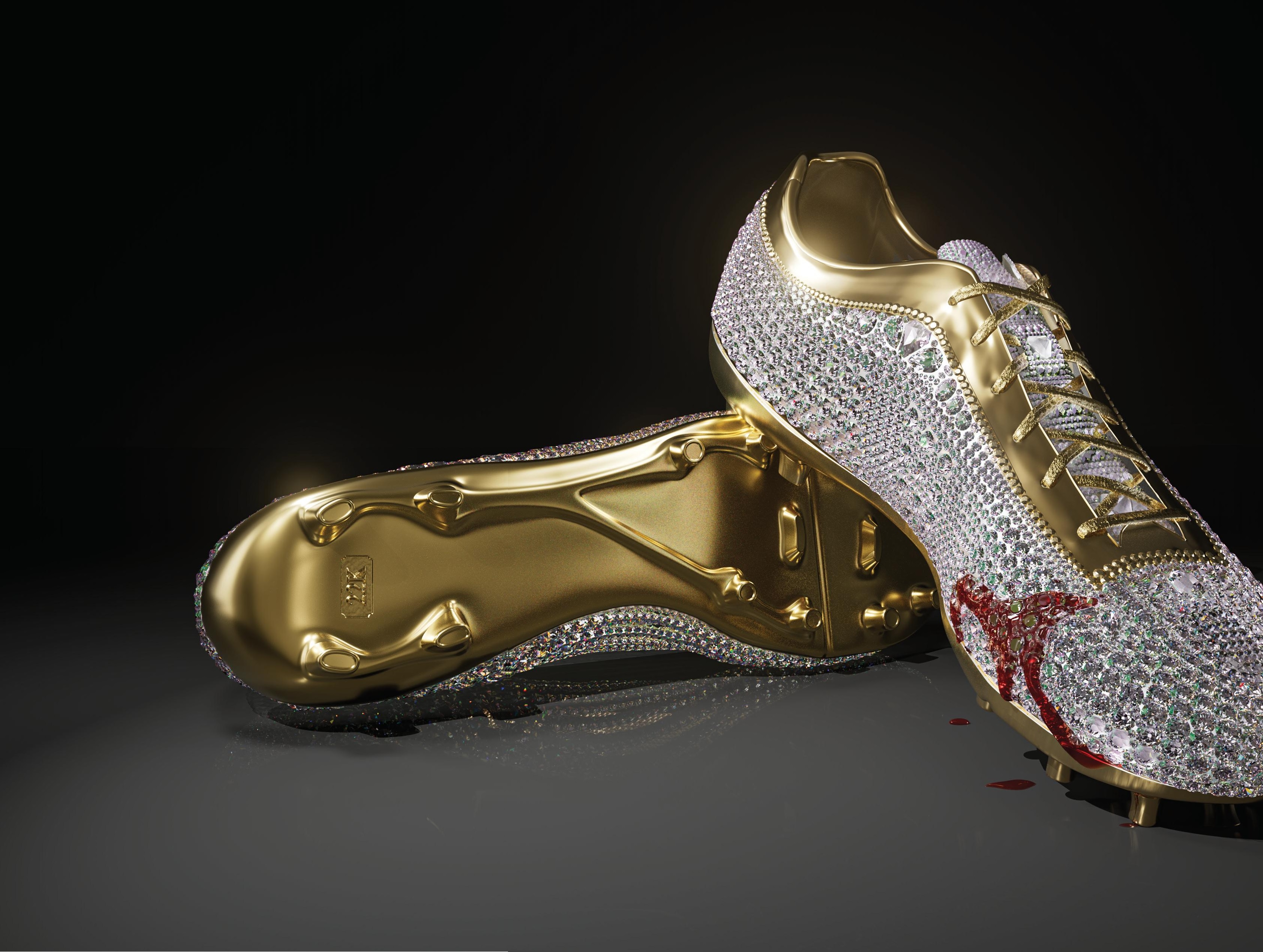
ONE AFTERNOON last October, thousands of fans began gathering outside St. James' Park, the 130-year-old home of the English soccer club Newcastle United, to celebrate a new beginning. Some sported the club's traditional black-and-white striped jerseys. Others toted cases of booze. There was no match that day, but that only improved the mood. In seven games that season, the team had yet to record a win. Newcastle, once one of the best sides in England, had endured years of mediocrity under the ownership of a miserly local sporting-goods magnate. Magpies supporters resorted to stockpiling cans of beer for the day their fortunes changed. That day had come at last.
The key acquisition who would turn Newcastle around wasn't a new midfielder or a manager; he was a murderer. The club had been sold for $409 million to an investment group led by Saudi Arabia's Public Investment Fund, an almost endless reserve of cash controlled by Mohammed bin Salman, the country's de facto head of state. In 2018, according to the US government, MBS had personally approved an operation to assassinate a Washington Post journalist. But as the news of the takeover sank in, the dismemberment of Jamal Khashoggi with a bone saw was the last thing on the minds of these supporters. To some, MBS seemed to be a point in favor of the deal. Outside the stadium and on social media, fans added a new flourish to the team's uniform-they donned red and white head coverings, in imitation of the Saudi ruler. "We're richer than you," the crowd sang. One supporter wore an MBS mask.
This story is from the November/December 2022 edition of Mother Jones.
Start your 7-day Magzter GOLD free trial to access thousands of curated premium stories, and 9,000+ magazines and newspapers.
Already a subscriber ? Sign In
This story is from the November/December 2022 edition of Mother Jones.
Start your 7-day Magzter GOLD free trial to access thousands of curated premium stories, and 9,000+ magazines and newspapers.
Already a subscriber? Sign In

HOG WILD
The scandalous reason meat prices have skyrocketed

ALL WALKS
Limiting cars in cities can help disabled people, too.

REMIGRATION
How Trumpism is following the far right in Europe toward mass expulsion of immigrants

SETTLING THE SCORE
A pop psychology book is considered the definitive trauma text. But what if it's leading survivors down the wrong path?

Positive Spin
People with e-bikes drive less, pollute less, parkinglots-and that's only part of why cities and states are embracing them with gusto.

Cradle and All
The devastating cost of Utah's thriving adoption industry

THE BILLIONAIRE WHO NEARLY BROKE NEWPORT
TRUMP MEGADONOR STEPHEN SCHWARZMAN'S EXTREME MANSION MAKEOVER IS DRIVING HIS NEIGHBORS NUTS.

THE SECRET PLAN TO STRIKE DOWN US GUN LAWS
AND THE COP-TURNED-PASTOR AT THE CENTER OF IT ALL

GOOD NIGHT AND GOOD LUCK
Election Day inside a bustling broadcast newsroom that no longer exists

MASTER OF DISASTER
Trump won’t confront the climate crisis. He’ll feast off it.